Battling Bunions: Causes, Symptoms and Treatment
Sept. 12, 2023 #Heel Pain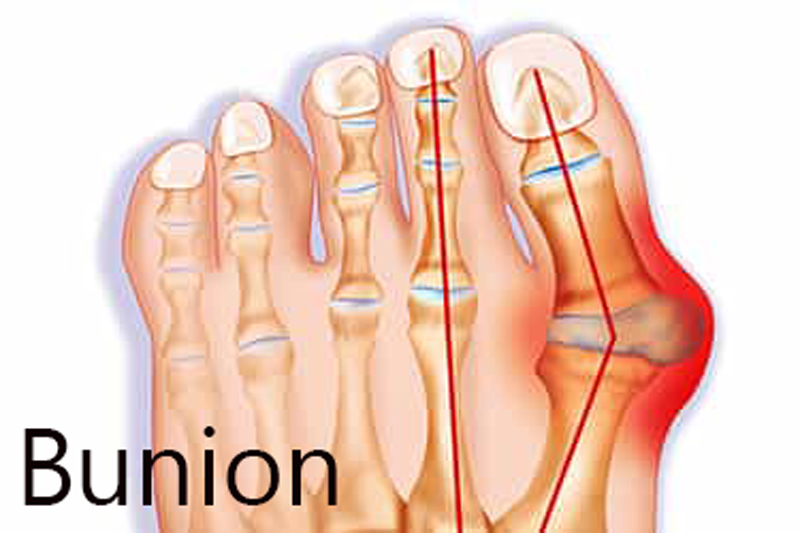
What is a Bunion?
It is a foot deformity that forms at the base of the joint of the big toe. It is characteristic of a bony bump that grows on the side of the foot. Bunions can cause pain and make it difficult to walk and even wear certain shoes.
Causes of Bunions
There are several factors that can contribute to the development of bunions:
- Wearing tight and ill-fitting shoes: Bunions can be caused due to wearing shoes that don't fit properly. The shoes can be either too tight or even too loose.
- Genetic factors: Some people may be more prone to developing bunions due to inherited foot structure or abnormalities.
It is important to note that while these factors can increase the likelihood of developing bunions, they may not necessarily be the sole cause. Other factors, such as arthritis and certain medical conditions, can also contribute to the development of bunions.
Symptoms of Bunions
People with bunions may experience the following symptoms:
- Pain, swelling, and redness around the affected area: The bony bump on the side of the foot can cause discomfort and inflammation.
- Difficulty walking or fitting into shoes: The misalignment of the big toe joint can make it challenging to walk and wear certain types of footwear.
These symptoms can vary in severity and may worsen over time if left untreated. If you are experiencing these symptoms, it is important to consult a healthcare professional for proper diagnosis and treatment.
Treatments for Bunions
There are several treatment options available for bunions. The choice of treatment will depend on the severity of the bunion and the level of pain and discomfort experienced by the individual. Here are some common treatments for bunions:
- Wearing comfortable shoes with a wide toe box: It is important to choose shoes that do not compress or squeeze the toes. Shoes with a wide toe box provide more space for the toes and can help alleviate pressure on the bunion.
- Using orthotic devices: Orthotic devices, such as shoe inserts or arch supports, can help redistribute pressure on the foot and provide additional support. These devices can help align the foot properly and reduce discomfort.
- Taking pain medications: Nonsteroidal anti-inflammatory drugs (NSAIDs), such as ibuprofen, can help reduce pain, inflammation, and swelling associated with bunions. These medications can be taken orally or applied topically.
- Surgery: In severe cases where conservative treatments do not provide relief, surgery may be necessary. Bunion surgery aims to realign the bones and tissues of the foot, improving the alignment of the big toe and reducing pain and deformity.
It is important to consult with a healthcare professional to determine the most appropriate treatment plan for bunions. They will be able to assess the severity of the bunion and provide personalized recommendations for treatment.
Prevention of Bunions
While bunions can be treated, prevention is always better than cure. Here are some tips to help prevent the development of bunions:
- Wearing properly fitting shoes with a wide toe box: Choose shoes that provide enough room for your toes to move and don't compress or squeeze them. Opt for shoes with a wide toe box to give your toes more space.
- Avoiding high heels and pointy-toed shoes: High heels and pointy-toed shoes can force your toes into unnatural positions and increase the risk of developing bunions. Opt for shoes with a lower heel and a round or square toe.
- Engaging in regular foot exercises: Strengthening the muscles and ligaments in your feet can help maintain proper foot alignment and prevent the development of bunions. Some exercises that can be beneficial include toe curls, toe stretches, and picking up objects with your toes.
By following these preventive measures, you can reduce the risk of developing bunions and maintain healthy feet. However, if you already have bunions or are experiencing symptoms, it is important to consult with a healthcare professional for proper diagnosis and treatment.

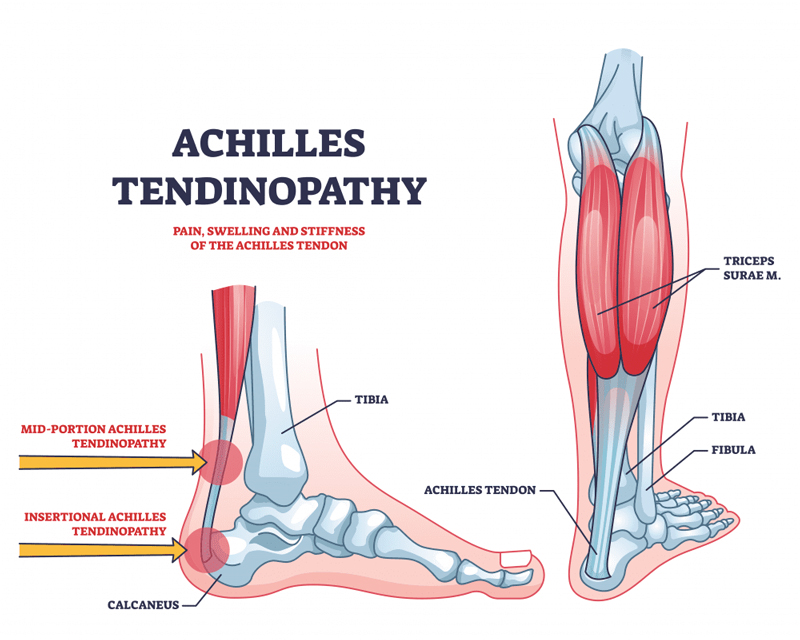
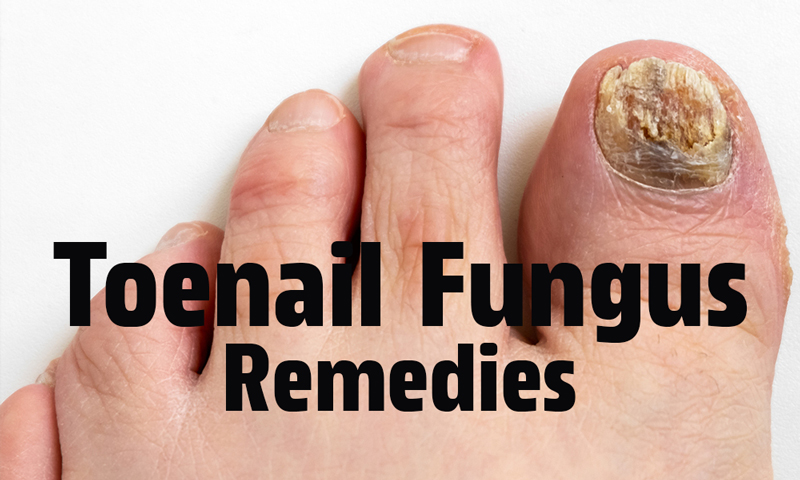
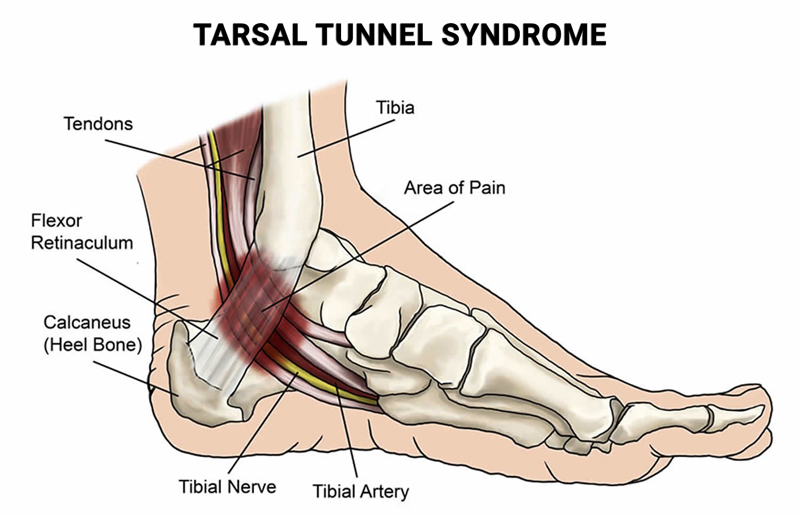
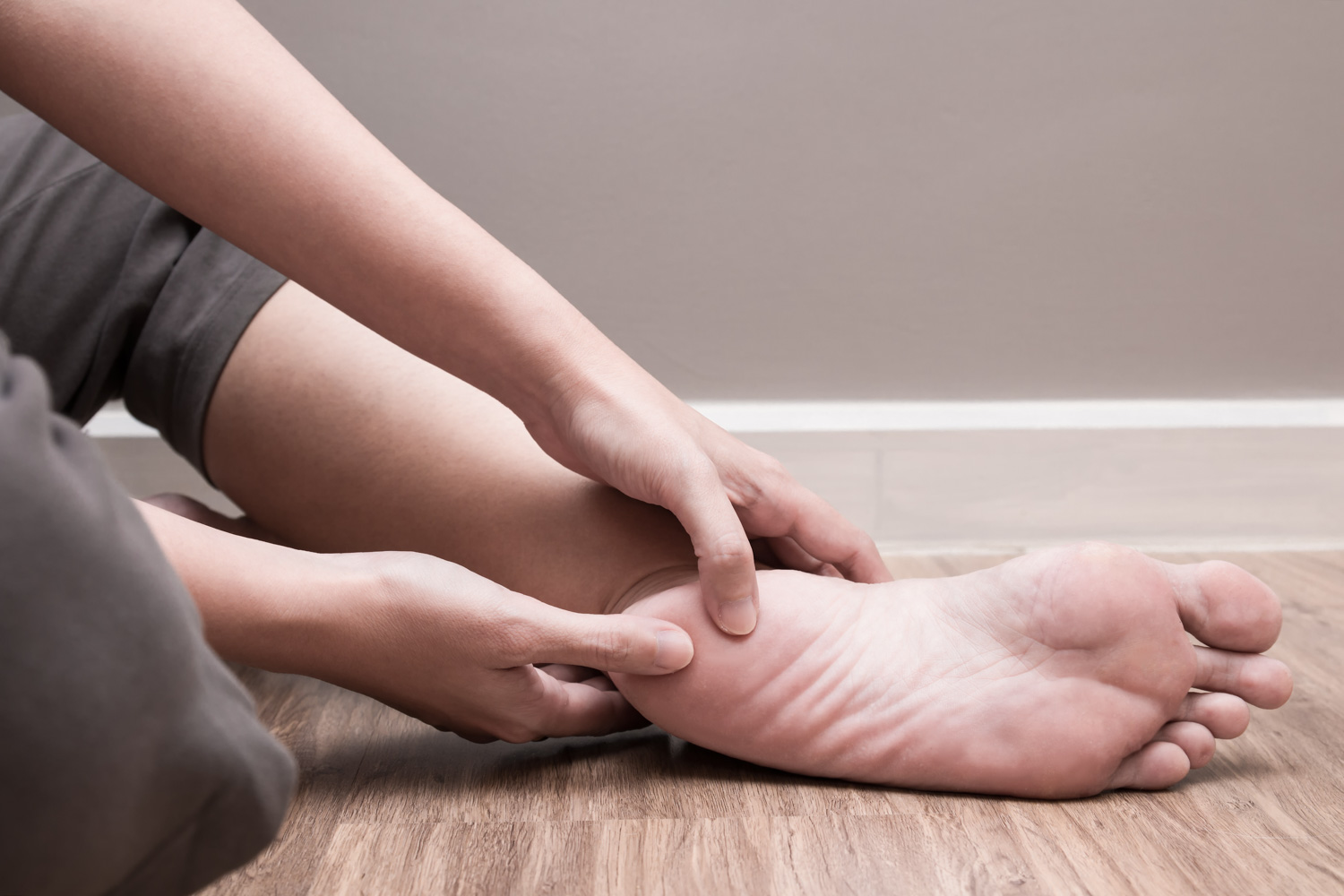
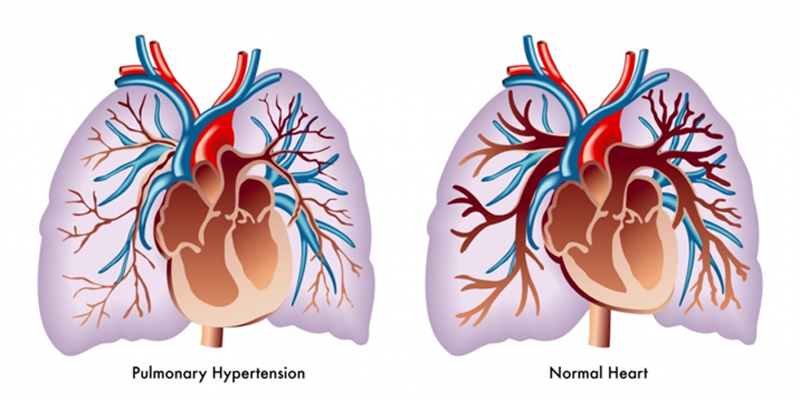
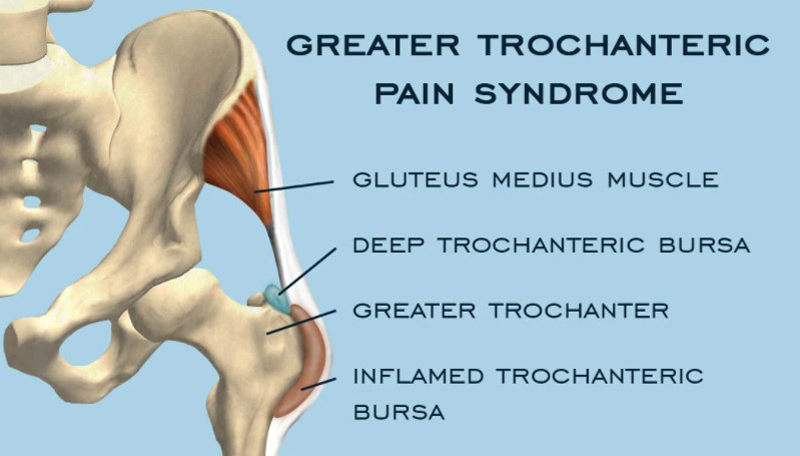
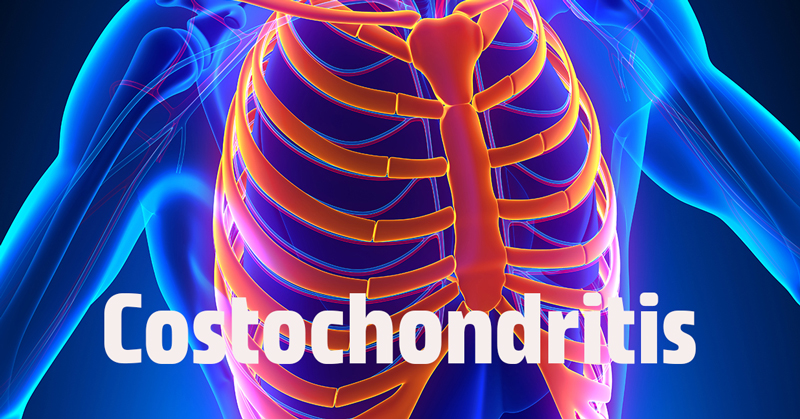
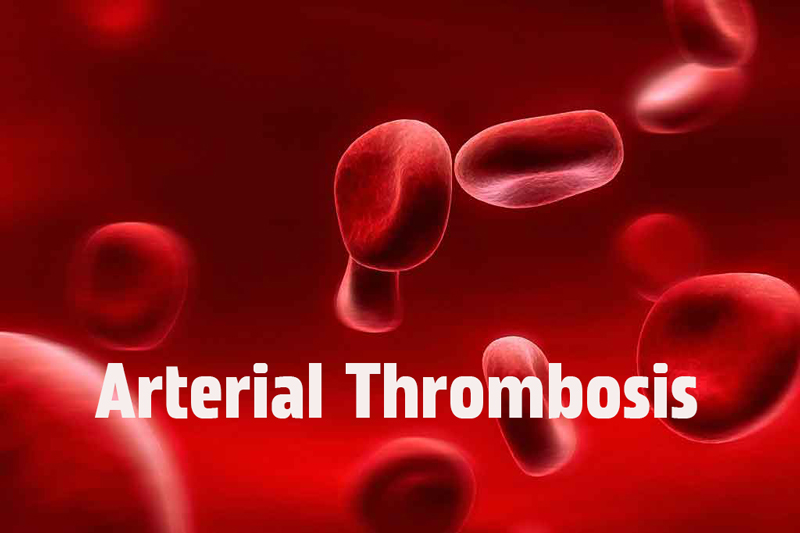
COMMENTS